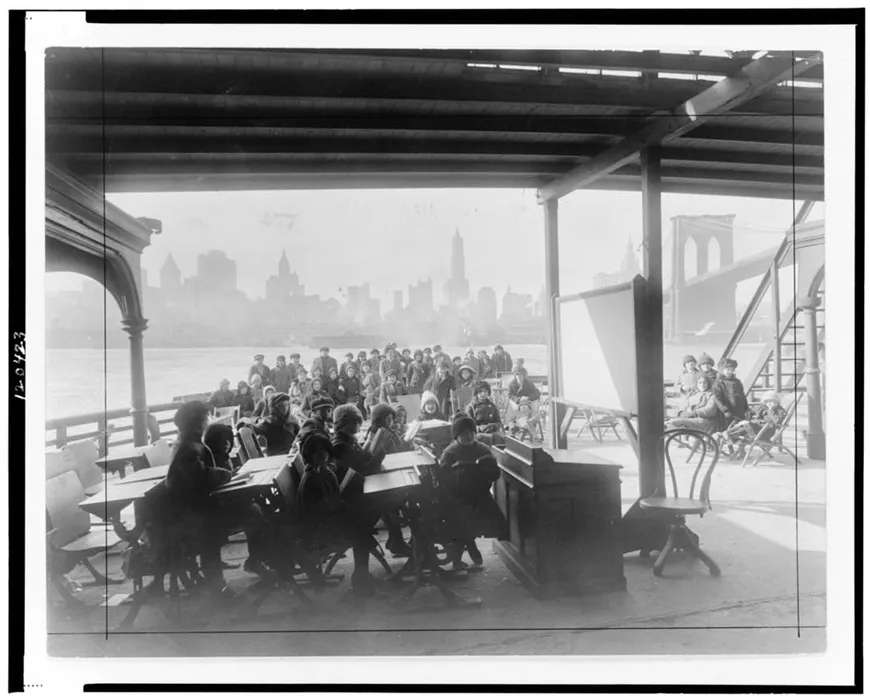Calls for open-air school have been accelerating with the beginning of the school year looming. Nationwide, our children and teachers need more space than our schools can provide: both for social distancing, and because many schools may not have enough ventilation to safely reopen. Research is showing that ventilation is a key to reducing COVID-19 transmission. Providing open-air spaces, whether in highly ventilated tents or other forms of covered outdoor space, is a practical emergency measure which must be considered seriously – and funded by our governments.
Truly safe ventilation standards remain unknown. Tents and other open-air spaces can be made flexible: follow the precautionary principle and maximize ventilation while safety research continues; lower tent sides and enclose spaces for more comfort as we get a better understanding of what is safe. As our understanding increases, low-cost systems might be added that allow safe ventilation and keep these spaces warmer without demanding intense infrastructure.
We have applied scientific models of human outdoor comfort to demonstrate that common-sense, climate-specific measures can maximize the comfort and usability of an open-air classroom. In cold climates such as the Northeast and Midwest, classrooms can be located with access to direct sunlight for heating wherever possible – a challenge in urban locations which might require creative classroom siting. Wind screening on one side of an open-air space can dramatically improve comfort while keeping ventilation extremely high.
In hot climates such as Miami and Phoenix, open-air school may be hard to imagine right now, during the peak of summer. But as fall approaches and the edge comes off the heat, simply providing good shade and access to a constant breeze or fan can make an open-air classroom viable. If children and teachers wear appropriate outdoor clothing, we’ve estimated that for a September – May school year, the classroom would be comfortable 99% of the time in Los Angeles, 58% of the time in Miami, and 70% of the time in Phoenix. Cold climates might seem challenging, but a classroom receiving direct sunlight could be comfortable for 69% of the school year in New York City.
Time of day should also be considered – school days in cold climates can be shifted to later in the day, especially avoiding dark winter mornings. Southern districts can also consider shifting the school year. Delaying start dates planned for August gives more time to prepare and a better chance for comfort as summer peaks wane.
These same principles can apply to school buildings with good access to natural ventilation. Rather than relying solely on mechanical ventilation systems, which are often not properly operated or maintained, schools with large windows can intentionally leave them open to maximize ventilation, lowering the risk of COVID transmission.
Many learning communities agree that remote learning has not been fully successful – especially for our youngest and most vulnerable students. We must explore all alternatives for in-person instruction that maintain a safe environment. Simple, common-sense measures will maximize the safety, comfort, and utility of open-air classrooms.
by Erik Olsen, Transsolar New York
Photo: An Open Air Class on Day Camp Rutherford, New York (Manhattan Island) across river 1911, Bureau of Charities, Brooklyn, N.Y. Library of Congress USA
